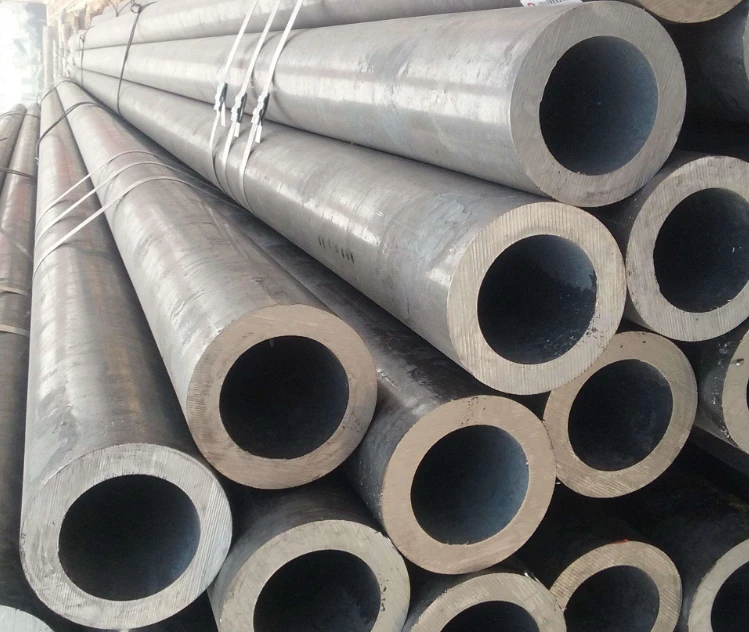-
Cangzhou Yulong Steel Co., Ltd.
-
Phone:
+86 13303177267 -
Email:
admin@ylsteelfittings.com
- English
- Arabic
- Italian
- Spanish
- Portuguese
- German
- kazakh
- Persian
- Greek
- French
- Russian
- Polish
- Thai
- Indonesian
- Vietnamese
- Zulu
- Korean
- Uzbek
- Hindi
- Serbian
- Malay
- Ukrainian
- Gujarati
- Haitian Creole
- hausa
- hawaiian
- Hebrew
- Miao
- Hungarian
- Icelandic
- igbo
- irish
- Japanese
- Javanese
- Kannada
- Khmer
- Rwandese
- Afrikaans
- Albanian
- Amharic
- Armenian
- Azerbaijani
- Basque
- Belarusian
- Bengali
- Bosnian
- Bulgarian
- Catalan
- Cebuano
- China
- China (Taiwan)
- Corsican
- Croatian
- Czech
- Danish
- Esperanto
- Estonian
- Finnish
- Frisian
- Galician
- Georgian
- Kurdish
- Kyrgyz
- Lao
- Latin
- Latvian
- Lithuanian
- Luxembourgish
- Macedonian
- Malgashi
- Malayalam
- Maltese
- Maori
- Marathi
- Mongolian
- Myanmar
- Nepali
- Norwegian
- Norwegian
- Occitan
- Pashto
- Dutch
- Punjabi
- Romanian
- Samoan
- Scottish Gaelic
- Sesotho
- Shona
- Sindhi
- Sinhala
- Slovak
- Slovenian
- Somali
- Sundanese
- Swahili
- Swedish
- Tagalog
- Tajik
- Tamil
- Tatar
- Telugu
- Turkish
- Turkmen
- Urdu
- Uighur
- Welsh
- Bantu
- Yiddish
- Yoruba

មករា . 14, 2025 12:24 Back to list
asme a333
ASME A333 is a highly sought-after standard in specific industries due to its stringent requirements for low-temperature applications. Originating from the American Society of Mechanical Engineers, this specification primarily pertains to seamless and welded steel pipes meant for use in low-temperature settings. Industries such as oil and gas, petrochemicals, and even power generation rely heavily on the excellence promised by ASME A333.
Reliability in performance is a decisive factor where ASME A333 pipes are concerned. Field experts assert their unparalleled credibility, having seen the products deliver optimal results across projects in Siberian oil fields and Arctic geological explorations. These environments test the pipes to their limits with low temperatures coupled with high pressure demands. It’s not merely their ability to function under such extremes but their longevity and reduced rate of failure that boost trust among industry players. Aside from their high-caliber performance, ASME A333 pipes comply with rigorous testing criteria. Hydrostatic testing, impact tests at low temperatures, and non-destructive examinations such as ultrasonic testing form part of routine checks mandated by the specification. These tests ensure that each pipe can endure expected stress and environmental conditions, further enhancing trust with the stakeholders. In terms of supply chain management, professionals tracking the inventory of ASME A333 products must prioritize compliance certificates and test reports. These documents corroborate the adherence of the pipes to the specification's strict guidelines, thus assuring quality and functional efficacy. Failure to verify these fundamentals could lead to dire consequences including operational failures or safety hazards in large-scale industrial settings. ASME A333 serves as a testament to engineering excellence, promising the reliability and safety crucial for enterprises delivering in extreme temperature environments. Professionals leveraging the benefits of ASME A333 often experience peace of mind knowing their projects are in safe hands, attributed to the pipes’ steadfast performance and compliance with industry benchmarks. As global industries continue to challenge the boundaries of technology and exploration, ASME A333 remains a pillar upon which safe and efficient operations are built.


Reliability in performance is a decisive factor where ASME A333 pipes are concerned. Field experts assert their unparalleled credibility, having seen the products deliver optimal results across projects in Siberian oil fields and Arctic geological explorations. These environments test the pipes to their limits with low temperatures coupled with high pressure demands. It’s not merely their ability to function under such extremes but their longevity and reduced rate of failure that boost trust among industry players. Aside from their high-caliber performance, ASME A333 pipes comply with rigorous testing criteria. Hydrostatic testing, impact tests at low temperatures, and non-destructive examinations such as ultrasonic testing form part of routine checks mandated by the specification. These tests ensure that each pipe can endure expected stress and environmental conditions, further enhancing trust with the stakeholders. In terms of supply chain management, professionals tracking the inventory of ASME A333 products must prioritize compliance certificates and test reports. These documents corroborate the adherence of the pipes to the specification's strict guidelines, thus assuring quality and functional efficacy. Failure to verify these fundamentals could lead to dire consequences including operational failures or safety hazards in large-scale industrial settings. ASME A333 serves as a testament to engineering excellence, promising the reliability and safety crucial for enterprises delivering in extreme temperature environments. Professionals leveraging the benefits of ASME A333 often experience peace of mind knowing their projects are in safe hands, attributed to the pipes’ steadfast performance and compliance with industry benchmarks. As global industries continue to challenge the boundaries of technology and exploration, ASME A333 remains a pillar upon which safe and efficient operations are built.
Next:
Latest news
-
ANSI 150P SS304 SO FLANGE
NewsFeb.14,2025
-
ASTM A333GR6 STEEL PIPE
NewsJan.20,2025
-
ANSI B16.5 WELDING NECK FLANGE
NewsJan.15,2026
-
ANSI B16.5 SLIP-ON FLANGE
NewsApr.19,2024
-
SABS 1123 FLANGE
NewsJan.15,2025
-
DIN86044 PLATE FLANGE
NewsApr.19,2024
-
DIN2527 BLIND FLANGE
NewsApr.12,2024
-
JIS B2311 Butt-Welding Fittings LR/SR 45°/90° /180°Seamless/Weld
NewsApr.23,2024











